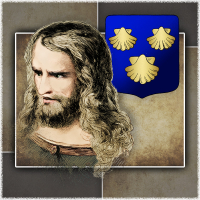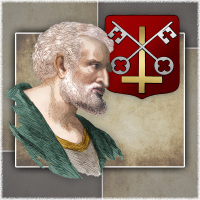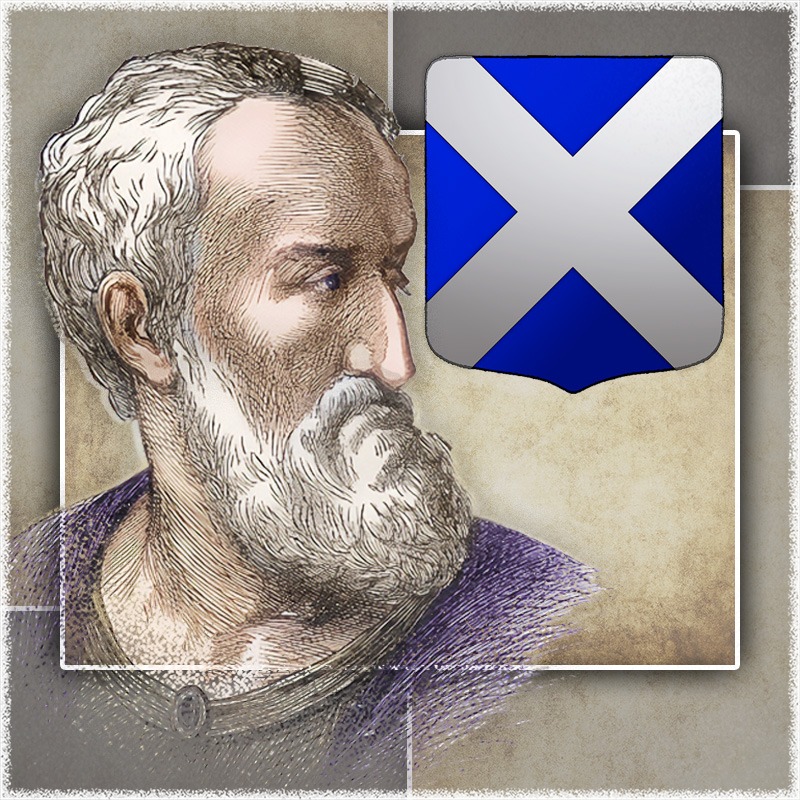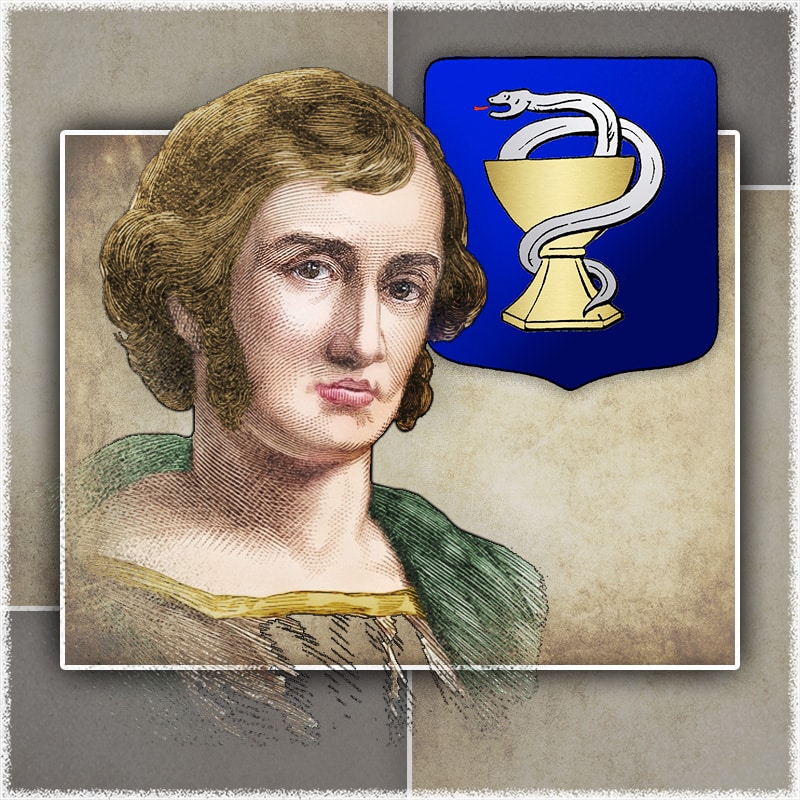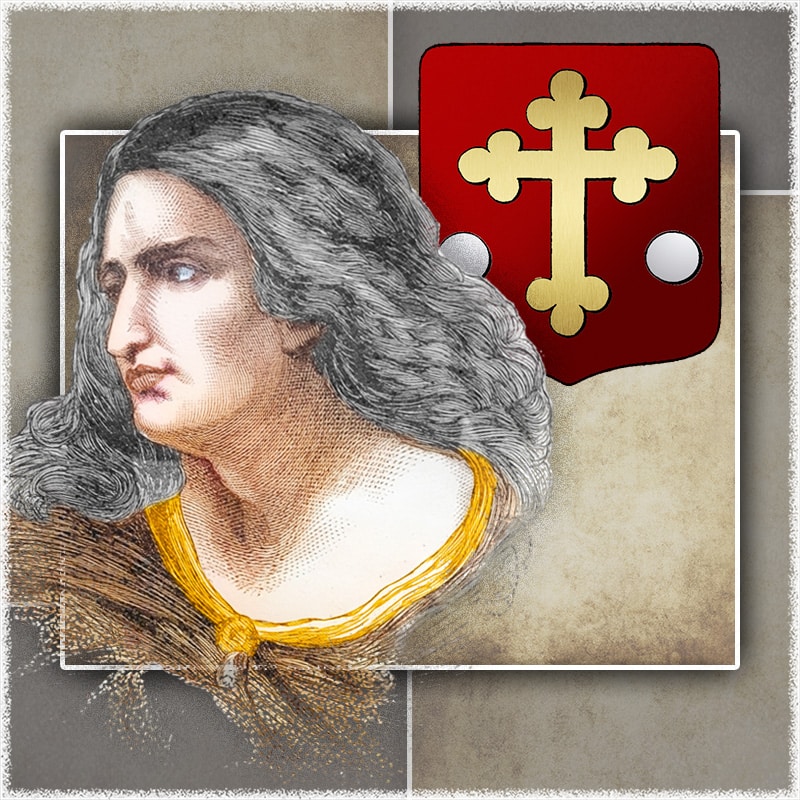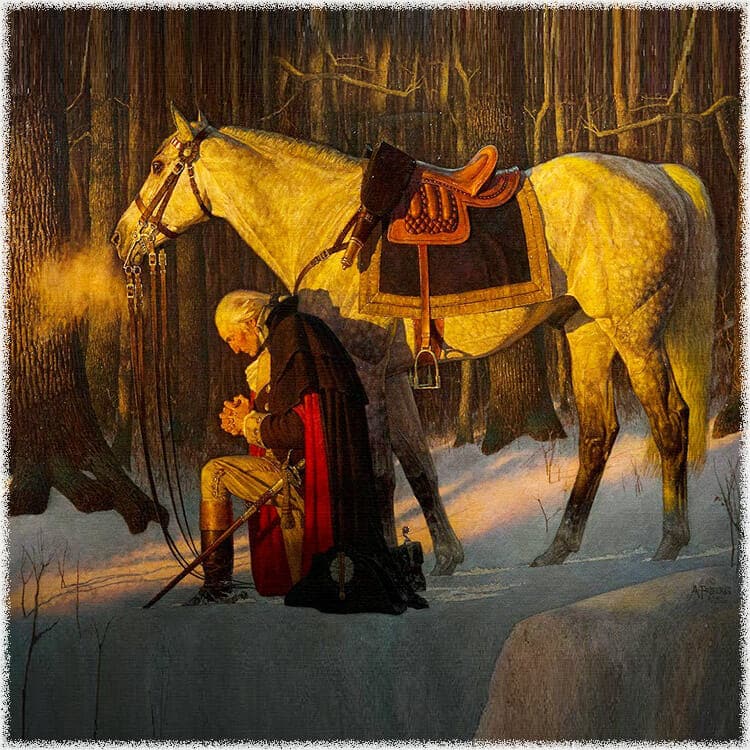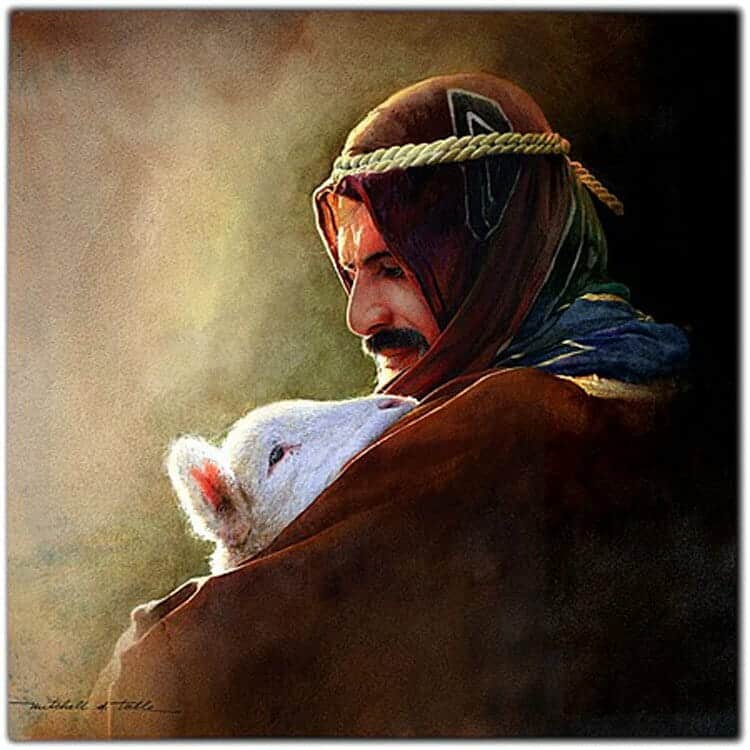Remembering the Apostle James “The Younger”
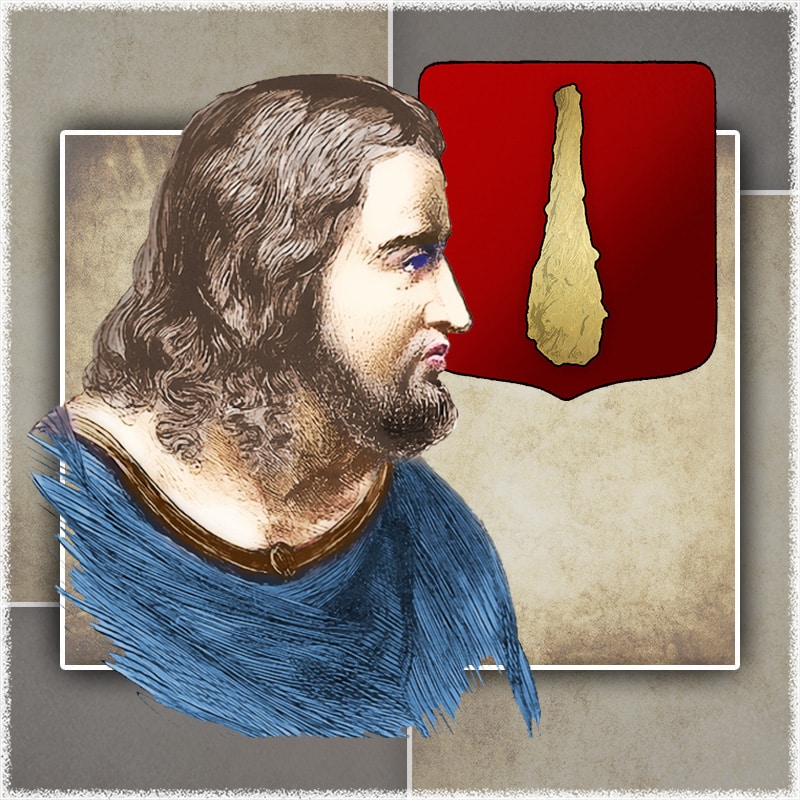
- 1
- 1share
James (or rather Jacobus, the Greek form of Jacob) son of Alphaeus was chosen one of the twelve apostles (Mark 3:8; Matthew 10:3; Luke 6:15; Acts 1:13). James, whose mother’s name was Mary (Matthew 26:56), was known as James the Less or Younger (Mark 15:40), either because he was younger than James, son of Zebedee or because he occupied a less conspicuous place among the twelve (Mark 16:1; Luke 24:10). Significant debate has been raised as to whether this James is the Lord’s brother mentioned by the Apostle Paul (Galatians 1:19), but the title of apostle given to him in the latter reference, as well as 1 Corinthians 15:7 (cf. Acts 9:27), seems decisive that James the Less was not a near relative of Christ. Apostle James The Younger
Another question to be answered is his relation to Christ’s brothers, Joses, Simon, and Judas (Matthew 13:55; Mark 6:3). How this is resolved depends upon the answer to two other questions. First, is the term “brother” in these passages to be understood in the proper sense, or in the more general sense of kinsman? The use of the term in the last two passages, as well as several other passages (John 2:12; Matthew 12:46-50; Mark 3:31- 35; Luke 8:19-21; Acts 1:14) are in the context of connection with his mother and imply that they were members of his immediate family, most naturally requiring that it be interpreted in its literal sense, since no indication suggests otherwise. In the same respect, the term “sisters” is used in the same connection (Matthew 13:56; Mark 6:3), which appears to imply they were at least related through the same mother. In addition, there is a striking coincidence between the names of the brothers in the list of the apostles, namely, James, Judas, and apparently Simon (Luke 6:15, 16; Acts 1:13), and the reference to Christ’s brothers, namely, James, Judas, Simon, and Joses (Matthew 13:55; Mark 6:3). What is more, “James the Less and Joses” are said to be the sons of the same Mary who was “the wife of Cleophas” (Mark 15:40; and Matthew 27:56; cf. John 19:25). Apostle James The Younger
Yet another question to be answered is who was “Mary, the wife of Cleophas”? In verse John 19:25 she is called “his [Christ’s]mother’s sister”. Some interpreters make a distinction between these name, suggesting there were four females instead of three. It is evident that no two uterine sisters would have had the same name given to them, and the law did not allow a man be wed to two sisters at the same time (Leviticus 18:18). It is also very unlikely that the two Marys would have been half-sisters.
The only other plausible reason that they would have been called “sisters” is because they may have been sisters-in-law, being married to two brothers, Cleophas and Joseph. This conjecture is substantiated by the apparent intimacy they enjoyed with each other, and their similar relationship with Jesus (John 19:25). Ostensibly, Cleophas (or Alphaeus) was an elder brother of Joseph, and dying without children, Joseph married his wife (probably before his marriage to the mother of Jesus, since he appears to have been much older than she) according to the Levirate law (Deuteronomy 25:5). If this is so, his oldest son by that marriage would have been the legal son of Cleophas, as well as the alleged half-brother of Jesus. This conjecture is in harmony with all the statements of Scripture in the case, and is corroborated by the early Christian writers.
The only objection which carries any weight is the statement which occurs toward the end of Jesus’ ministry in which it is reported that “neither did his brethren believe on him” (John 7:5), but in fact, if the above is true, at least two of them are included among his disciples (namely, James and Jude, if not Simon). Although his brothers in Acts 1:14 are said to accept the messianic claims which Jesus made for himself, the language of John 7:7 seems too evident that none of these were admitted to the office of apostle.
It may be that the two passages may be reconciled by supposing that there were still other brothers besides those chosen to be apostles, not mentioned particularly anywhere else (perhaps Joses and a younger one), who did not believe on him until very late, who were possibly convinced only by Christ’s resurrection.
Often confused with James the son of Zebedee or James the brother of Christ, James the son of Alphaeus (Mark 3:18), also known as James the Less, is believed to have ministered in Syria, though almost nothing is known about his ministry.
Some have incorrectly suggested that James the Less was martyred by King Herod, but Scripture clearly indicates that James the Greater was martyred by Herod:It was about this time that King Herod arrested some who belonged to the church, intending to persecute them. He had James, the brother of John, put to death with the sword. —Acts 12:1-2
The martyrdom of James the Less occurred at the Temple in Jerusalem about 62 AD. A crowd had gathered to listen to James speak from a parapet of the Temple. Speaking of the facts that Christ was resurrected, ascended into Heaven, and was coming again, James was pushed from the parapet. Yet alive, he was then beaten to death by one in the crowd with a fuller's club.
For this reason, the fuller's pole or club symbolizes the life and ministry of the Apostle James the Younger. A second symbol of the saw appears to be erroneously associated with James. He is often represented by a saw since Church tradition suggests that his body was sawn in two after experiencing a horrible martyrdom. The actual means of death was not, however, by sawing. It is likely the symbol of the saw has been incorrectly attributed to James and should be associated with the martyrdom of Simon the Zealot.
Apostle James The Younger
Apostle James The Younger
Apostle James The Younger
Apostle James The Younger
Apostle James The Younger
Apostle James The Younger
Apostle James The Younger
Apostle James The Younger
- 1
- 1share

